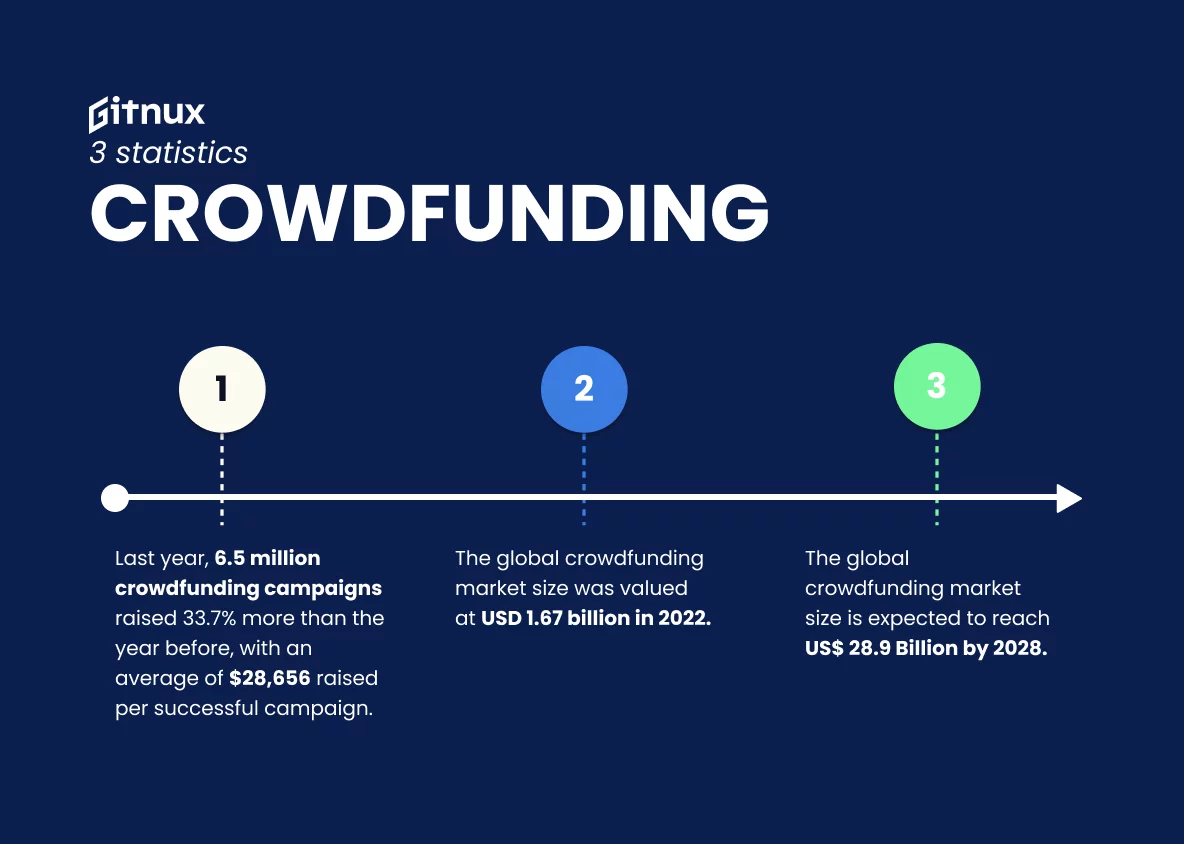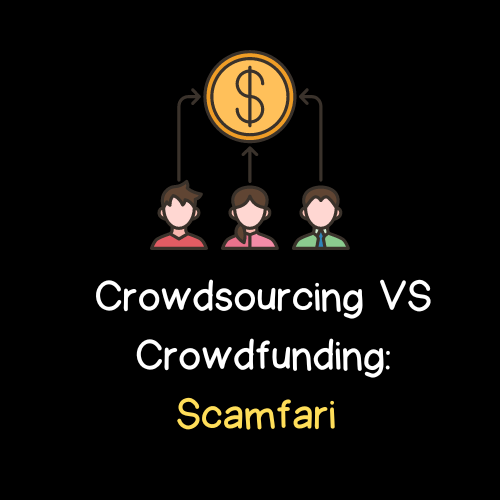
So as not to confuse you at the beginning, I would highligh that there is not any complicated explanation about what Crowdfunding is. By simple words, it’s actually a from of Crowdsourcing and alternative finance. That’s the accuracy Wikipedia definition.
After observing the various analytical and statistical sources, you will presumably claim that both crowdfunding and crowdsourcing can be useful ways to leverage a network of people for achieving essential business goals. For the last few years, the functionalities of these concepts have been successfully integrated into the new technologies. The reason wasn’t only in the interest of testing out the business ideas, but also making these ideas relevant for the Blockchain standards.
According to the combined information, I have been researching for hours:
Crowdsourcing is the practise of obtaining data, concepts, opinions, suggestions, or tasks from a big group of interested people. These people use social media, mobile apps, and internet websites to contribute their information.
It’s absolutely possible to make businesses easier by integrating innovations and becoming more profitable by working with people who have better skills in the business management sphere.
Based on the Indeed informational points, there are a few primary characteristics of crowdsourcing, regardless of the industry:
- – Leverages large crowds: Crowdsourcing uses large groups of people to accomplish different tasks.
- – Requests direct input: Crowdsourcing typically asks for input and solutions from a large group of people who are actively involved in the campaign.
- – Enables new ideas: Crowdsourcing focuses on discovering new products, services, or business ideas.
- – Doesn’t involve a transfer of money: Crowdsourcing doesn’t explicitly request money or funds from a group of people.
The bulk of my research was dedicated to finding a worthy example of a crowdsourcing platform. And with my meticulous approach to details, I’ve decided to present the Scamfari project. It’s a crowdsourcing platform, part of HAPI Foundation. The mission of the project is to identify potential frauds and scams in crypto. Using authoritative data sources and advanced tools with real-time access, they ensure the accuracy of the submitted data.
So how does it work:
- 1. Get an address from the scammer
- 2. Make a screenshot or provide any other kind of proof of the address in question being legitimately fraudulent
- 3. Click on the “Start Scamfari” button. You will be redirected to Telegram Bot
- 4. Think of the nickname you’d like to use. Your nickname will be displayed on the leaderboard
- 5. Go through the rest of the registration points
- 6. Send an address of a scammer to the bot together with the respective proof (e.g., screenshot of the conversation on Telegram)
- 7. The more submissions you have, the higher the chances of getting on the leaderboard and winning prizes.
In the middle of August, Scamfari became the first project on the WhiteBIT Launchpad. And it showed its success by finishing in 8 minutes.
The project has a native token — SCM. The asset empowers the Scamfari community and rewards active users of the platform for their expertise in detecting fraud. The project allocates 10% of the total amount of SCM for distribution within WhiteBIT Launchpad. 20% of this amount will be credited to participants as part of the initial distribution. Six months later, 80% of the tokens will begin to accrue to participants over a 12-month period.
Scamfari native asset SCM was successfully listed on the WhiteBIT with the Launchpad price — 1 SCM = 0.0001 USDT.
Pros and cons of Crowdsourcing:
Pros
- – Crowdsourcing brings together communities around a common project or cause
- – Efficient way of solving time-intensive problems
- – More profound engagement by communities that resonate with and build loyalty to the product or solution
Cons
- – Results can be easily skewed based on the crowd being sourced
- – Lack of confidentiality or ownership of an idea
- – Potential to miss the best ideas, talent, or direction and fall short of the goal or purpose
Now, let’s talk about Crowdfunding.
Crowdfunding is a method of raising money for a particular project or business opportunity by requesting contributions from numerous individuals. Individual investors frequently use social media and crowdfunding platforms to identify the causes that most appeal to them, after which they can make contributions.
Crowdfunding platforms have their characteristics, the Indeed local site describes it this way:
- 1. Involves a transfer of money: Crowdfunding explicitly requests money or funds from a group of people.
- 2. Allows investors to spend small amounts: Crowdfunding typically allows investors to support an individual, business, or project with smaller amounts of money than a traditional investment.
- 3. Leverages online platforms to attract investors: Crowdfunding typically takes place online and may use a crowdfunding website, social media, or company website to attract and generate funding.
- 4. Includes restrictions: Crowdfunding may restrict the amount of money an investor can contribute and which causes they can support.
- According to statistic of Crowdfunding integration:

Conclusion
So, highlighting the most essential elements, I tried to furnish the full picture of the crowdsourcing and crowdfunding not only in traditional business but also how they’re successfully involving new technologies nowadays.


